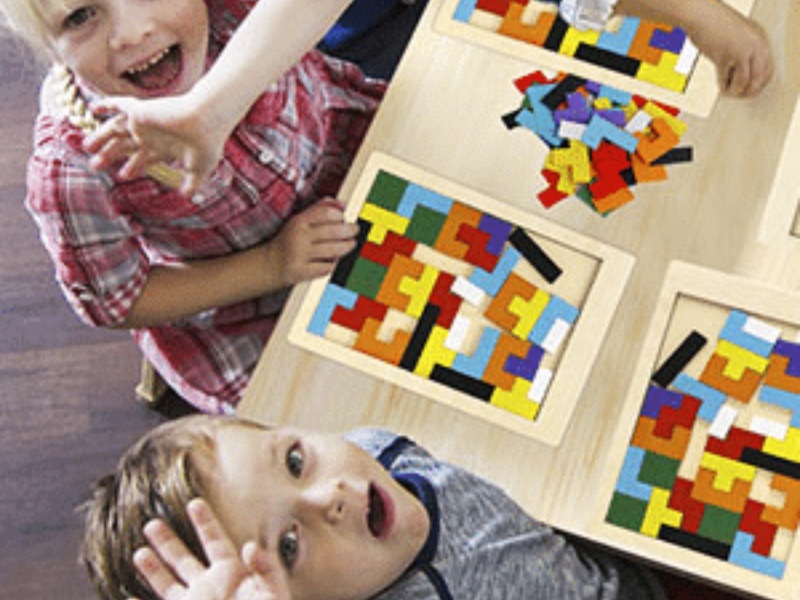Choosing toys that grow with your child offers both economic benefits and developmental advantages. These toys adapt to different stages of childhood, providing lasting enjoyment and learning opportunities. Here’s a guide to some long-lasting favorites that evolve alongside your child’s development:

1. Building Blocks and Construction Sets
- Early Years: Toddlers enjoy stacking and sorting blocks to build simple structures.
- Later Years: Older children engage in more complex building projects, fostering creativity and spatial awareness.
- Benefits: Promotes fine motor skills, problem-solving, and imaginative play.
2. LEGO Sets
- Early Years: Basic DUPLO sets introduce toddlers to building concepts with larger, easier-to-handle pieces.
- Later Years: LEGO sets with smaller bricks challenge older children to create intricate designs and models.
- Benefits: Enhances creativity, logical thinking, and engineering skills.
3. Art Supplies and Craft Kits
- Early Years: Large crayons and washable paints allow toddlers to explore colors and textures.
- Later Years: Fine-tip markers, detailed craft kits, and sculpting materials enable older children to refine their artistic skills.
- Benefits: Supports creativity, hand-eye coordination, and self-expression.
4. Puzzles
- Early Years: Chunky wooden puzzles with few pieces help toddlers develop problem-solving skills and hand-eye coordination.
- Later Years: Jigsaw puzzles with increasing complexity challenge older children to strategize and think critically.
- Benefits: Enhances cognitive skills, spatial reasoning, and patience.
5. Musical Instruments
- Early Years: Simple percussion instruments like tambourines and xylophones introduce toddlers to rhythm and sound exploration.
- Later Years: Keyboards, guitars, or wind instruments allow older children to learn music theory and play more complex melodies.
- Benefits: Stimulates auditory senses, fosters creativity, and promotes self-discipline.
6. Outdoor Toys
- Early Years: Ride-on toys, like tricycles or scooters, promote gross motor skills and outdoor exploration.
- Later Years: Bicycles, skateboards, or sports equipment encourage older children to stay active and develop coordination.
- Benefits: Supports physical fitness, balance, and spatial awareness.
7. Educational Board Games
- Early Years: Simple memory or matching games introduce toddlers to basic rules and social interaction.
- Later Years: Strategy games like chess, Scrabble, or cooperative board games challenge older children to think critically and plan ahead.
- Benefits: Develops problem-solving abilities, teamwork, and strategic thinking.
8. Science and STEM Kits
- Early Years: Basic science kits with experiments on magnets, colors, or basic physics concepts.
- Later Years: Robotics kits, chemistry sets, or coding toys engage older children in hands-on STEM learning.
- Benefits: Promotes curiosity, scientific inquiry, and technological literacy.
9. Dress-Up and Pretend Play
- Early Years: Costumes and role-play sets encourage toddlers to use their imagination and explore different roles.
- Later Years: Playsets with detailed props and accessories allow older children to engage in elaborate storytelling and creative scenarios.
- Benefits: Enhances social skills, empathy, and language development.
10. Books and Reading Materials
- Early Years: Board books with simple stories and interactive elements promote early literacy skills and love for reading.
- Later Years: Chapter books, non-fiction texts, and graphic novels cater to older children’s expanding interests and reading abilities.
- Benefits: Develops language skills, expands vocabulary, and fosters a lifelong love of learning.

Tips for Choosing Long-Lasting Toys:
- Versatility: Select toys that offer multiple ways to play and can be adapted to different developmental stages.
- Quality: Invest in durable toys made from safe materials that can withstand frequent use and passing down to siblings.
- Educational Value: Prioritize toys that promote learning, creativity, and skill development across various domains.
- Engagement: Choose toys that capture your child’s interests and encourage prolonged engagement and exploration.
By choosing toys that grow with your child, you not only provide continuous learning and developmental benefits but also create lasting memories of playtime together. These long-lasting favorites adapt to your child’s evolving interests and abilities, supporting their overall growth and enjoyment throughout their early years and beyond.

